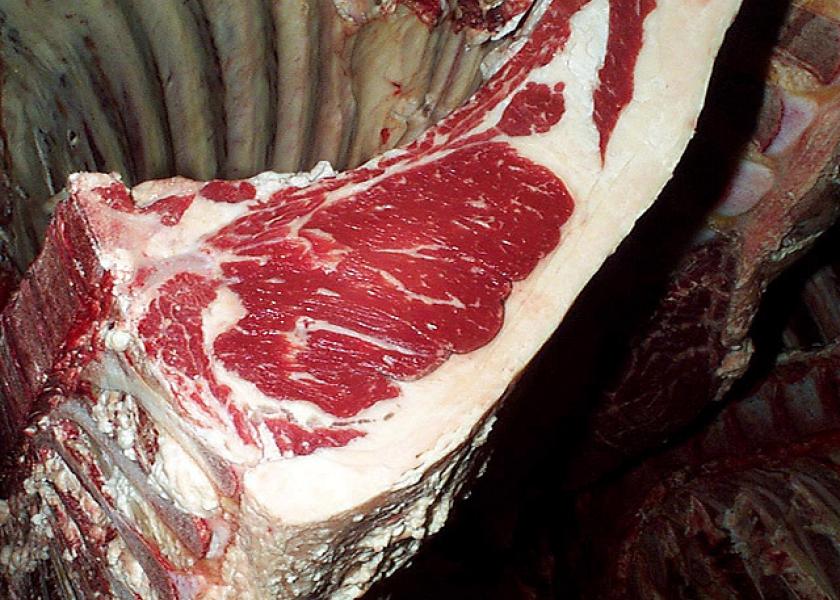Nalivka: Breaking Down the Carcass to Measure Demand

Sharply reduced cattle numbers are supporting higher prices. But the other side of the equation is demand and this side of the price equation has become increasingly important as prices across the entire beef complex have become record-high. I doubt if anyone in the industry does not have some apprehension about the market. And, that apprehension does not center on supply. We know the current supply situation will not change over at least the next two years and likely beyond.
However, beef demand can change and while it is often difficult to predict consumer buying behavior, demand is the key variable today. The big picture view centers on ability to pay or the financial well-being of the consumer as well as their expectations which are greatly influenced by their personal situation as well as the general economic condition of the country or their impression of it. The other part of the story is the willingness to pay, or in simple terms – the tastes and preferences of consumers.
We often view beef demand from the standpoint of the entire carcass. However, I have long thought that this may not be the best perspective. Rather, we should view the demand from the standpoint of each of the various cuts of the carcass. This brings into the equation other factors that influence consumer buying including seasonality and price relationships. This paints a much better picture of demand and how it is influencing the market. The grilling season (June through August) is a great example when seasonal demand for steak items and ground beef is important. Even within the ground beef complex, there are many trim and grind items to consider, both from fed cattle and cows. Each of these items has its own seasonal pattern and relationship to the carcass value as well as the live animal value.
USDA Market News reports volume and prices twice every day for all beef items, trim, and grind traded that day. The value of the cuts and trim items together with their yields can be compiled into a value for each of the sub-primal items referred to as a “cut style” that comprise the whole primal.
There are numerous cut styles that are traded and valued according to the market each day and these include trim and by-products that are generated. The value of the primal cuts, i.e., chucks, rounds, loins, and ribs, are then calculated from the value of the individual sub-primal values. The value of these beef primal items is then compiled into the beef cutout value – every day of the week.
This analysis breaks down and refines the discussion of beef demand from a whole carcass into the demand for each of the sub-primal items that comprise that carcass. Looking at the market from the standpoint of a carcass broken into its parts likely will provide a much better assessment of consumer preferences and demand - food for thought.







